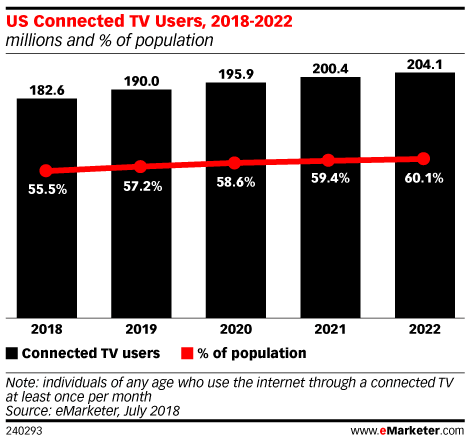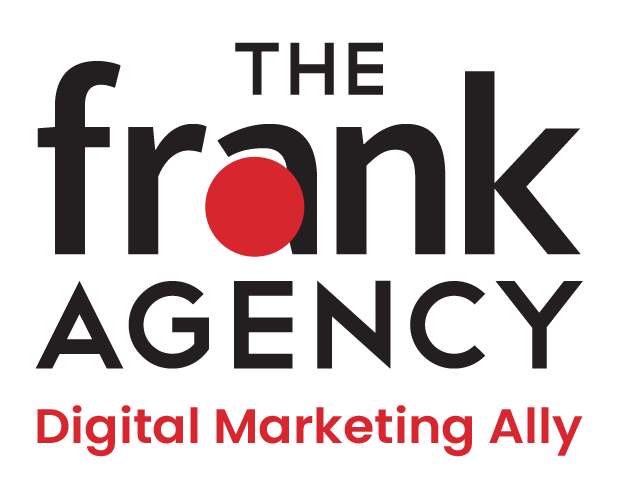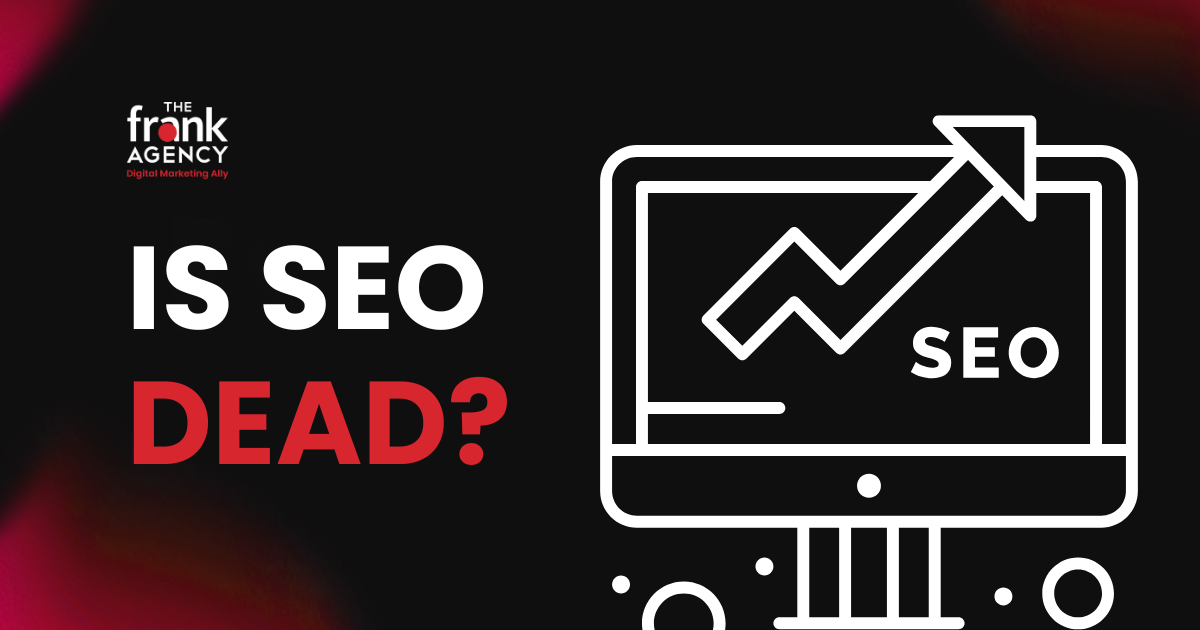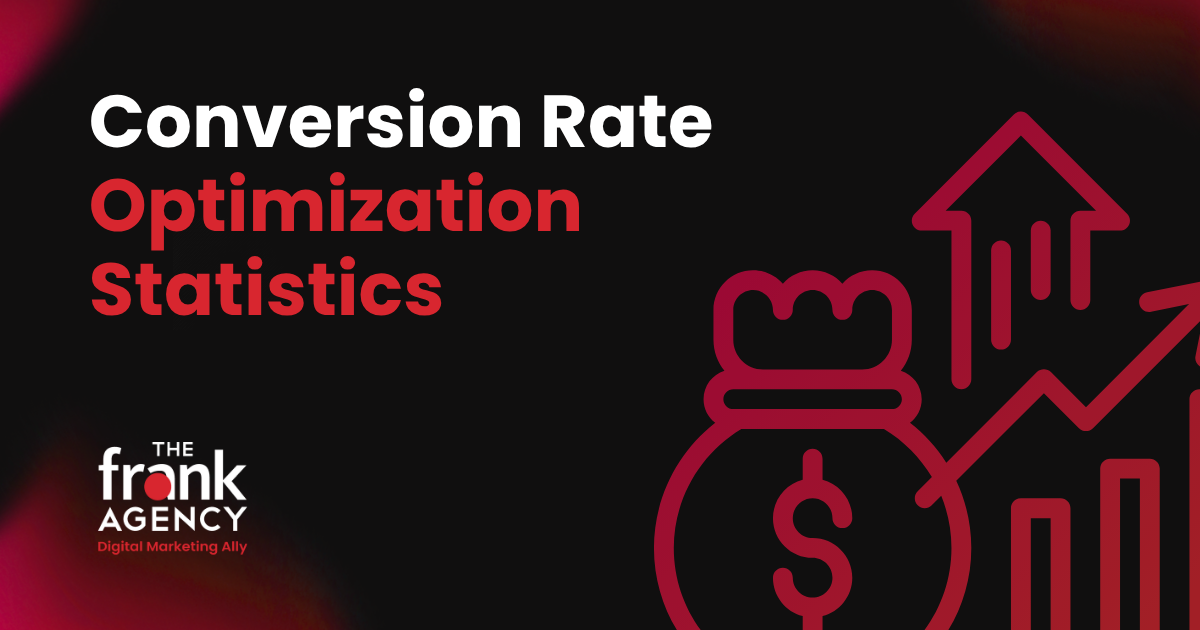Do you remember the days when everyone gathered around the television to tune into can’t-miss TV? Those days are gone as more and more people choose to watch TV on their own time using devices that are most convenient to them.
Advertisers also have the added task of trying to reach cord-cutters (those who quit cable) and cord-nevers (those who never had cable). According to MediaPost, roughly 1/3 of young households no longer have cable; while 34% of connected TV viewers are no longer reachable by traditional TV. These people have become known as the “unreachables.”
The good news is connected TV use is on the rise. eMarketer estimates there will be 182.6 million connected TV users in the US this year, up 8.1% from 2017. This equates to 55% of the population currently using a connected TV and that number is projected to grow to 60% by 2022. At a household level, eMarketer estimates that there are 88.7 million connected TV households in the US, or 71.6% of all households. That’s a lot of eyeballs!

What is Connected TV?
Connected TV is any type of TV screen that can stream digital video TV content to viewers over the internet whether through a built-in Smart TV platform, a dedicated streaming device like Roku, or game console.
By occupying the same space in consumers’ lives and living rooms as traditional TV, these devices – smart TVs, Apple TVs, Roku boxes and even web-enabled gaming consoles like Xbox are providing for more immediate and on-demand content consumption.
Connected TV is attractive to cord-cutters and cord-nevers because it tends to be a low cost with no contracts, there are low equipment costs, and the a la carte channel selection is appealing.
Why use Connected TV?
Connected TV has made TV consumption appointment television no matter the time of day. Its user-generated, advertising pods are shorter, and ads are typically not skippable.
The other advantage to connected TV is the ability to use advanced data and technology to better understand who viewers are. Traditional TV buying is based on a simple age/gender combination or contextual targeting based on the programming where the ad is running. Connected TV gives advertisers the ability to target ad placements based on age, gender, behavior, and location. This allows for reduced waste by only paying for impressions to your intended audience making the ads more relevant to the consumer.
And unlike traditional broadcast television placements and even digital pre-roll, connected TV provides trackable results including the number of impressions served, video view rates, device and daypart tracking, and network performance.
In Summary
Here at The frank Agency, we are excited about the advancements of connected TV. As a media agency, we strive to deliver targeted and actionable results for our clients, and connected TV utilizes data-driven advertising that can make TV effective for clients that normally can’t justify a large TV ad budget.
If you want to reduce waste and interact with potential customers in more meaningful ways, contact us today.






